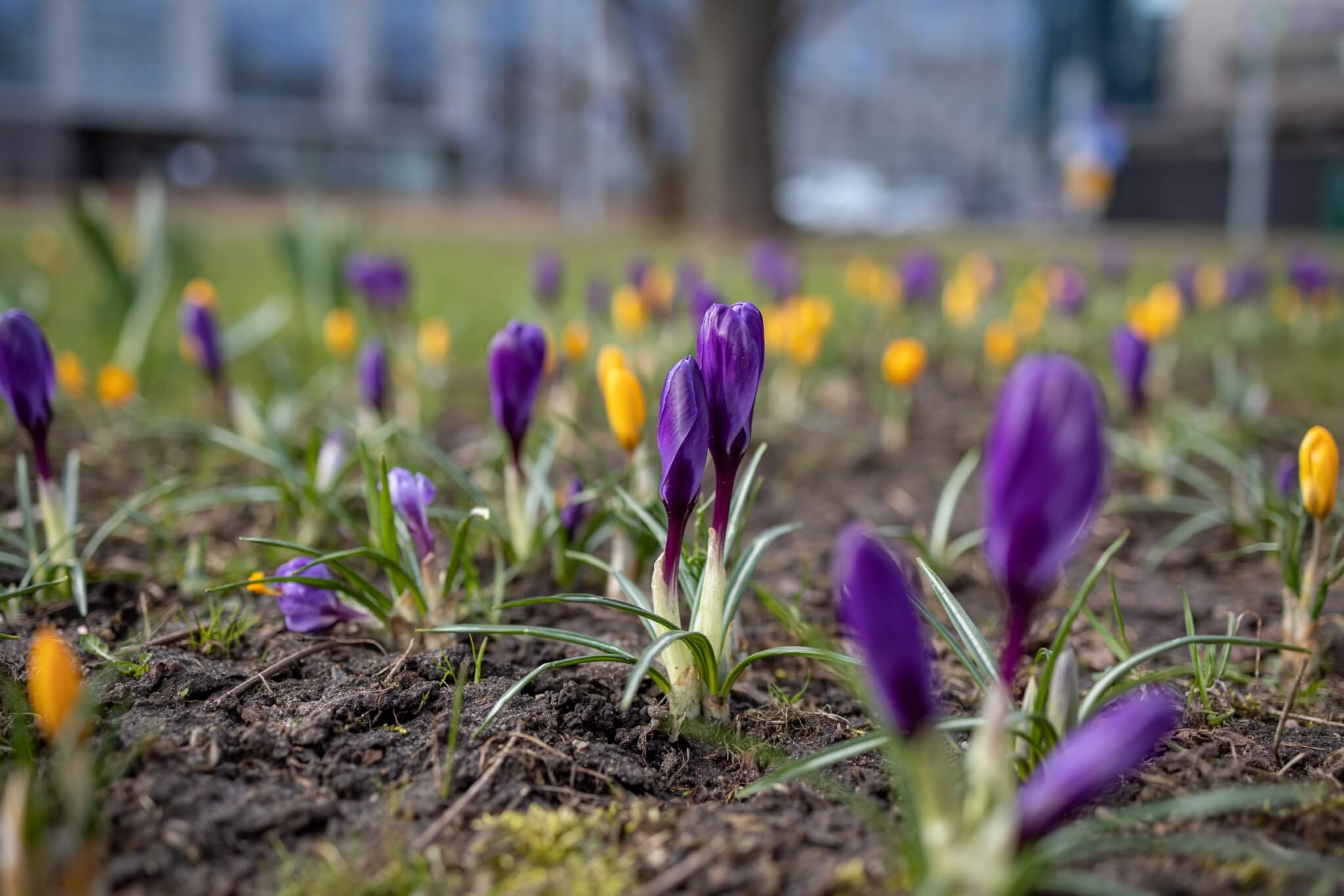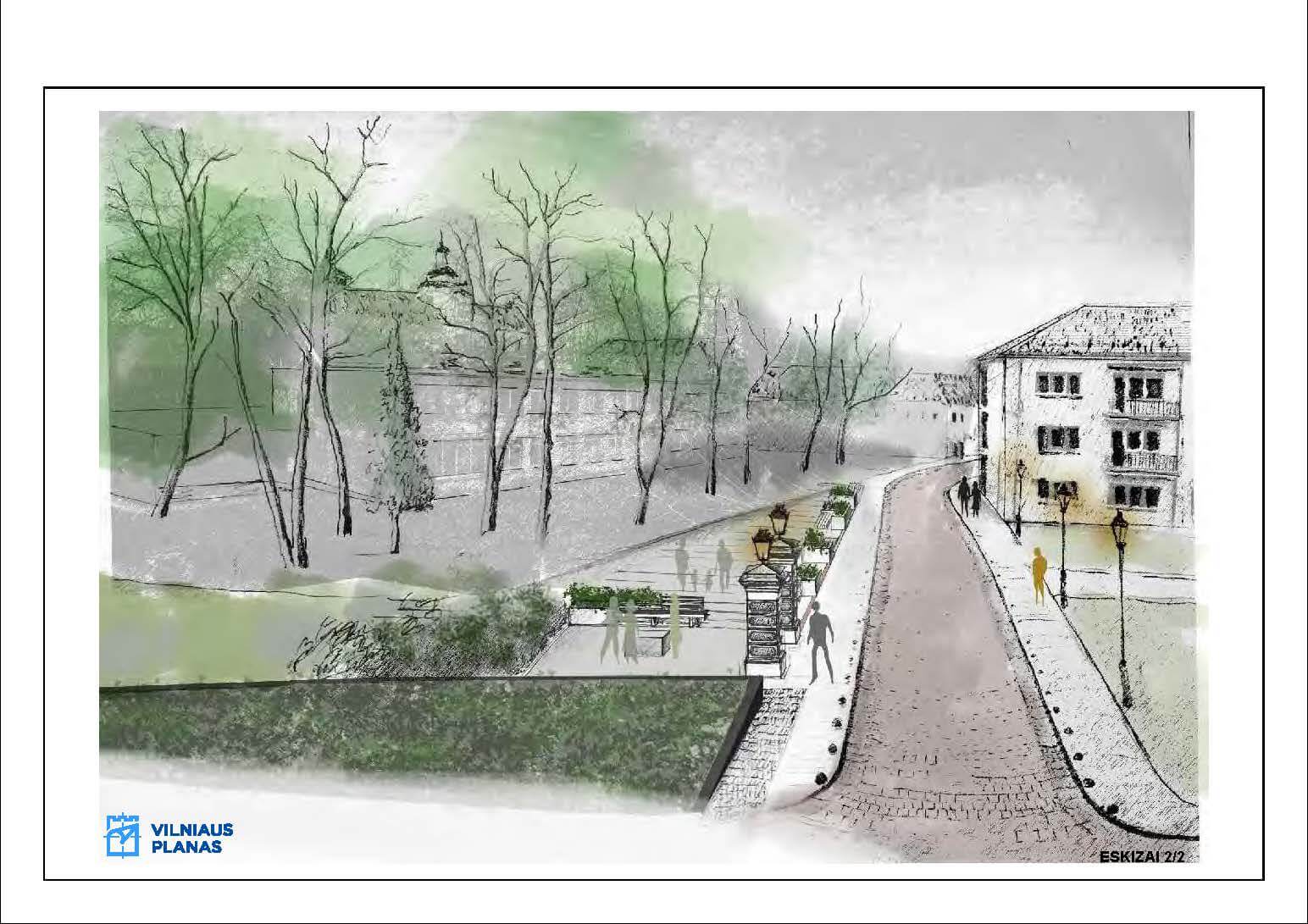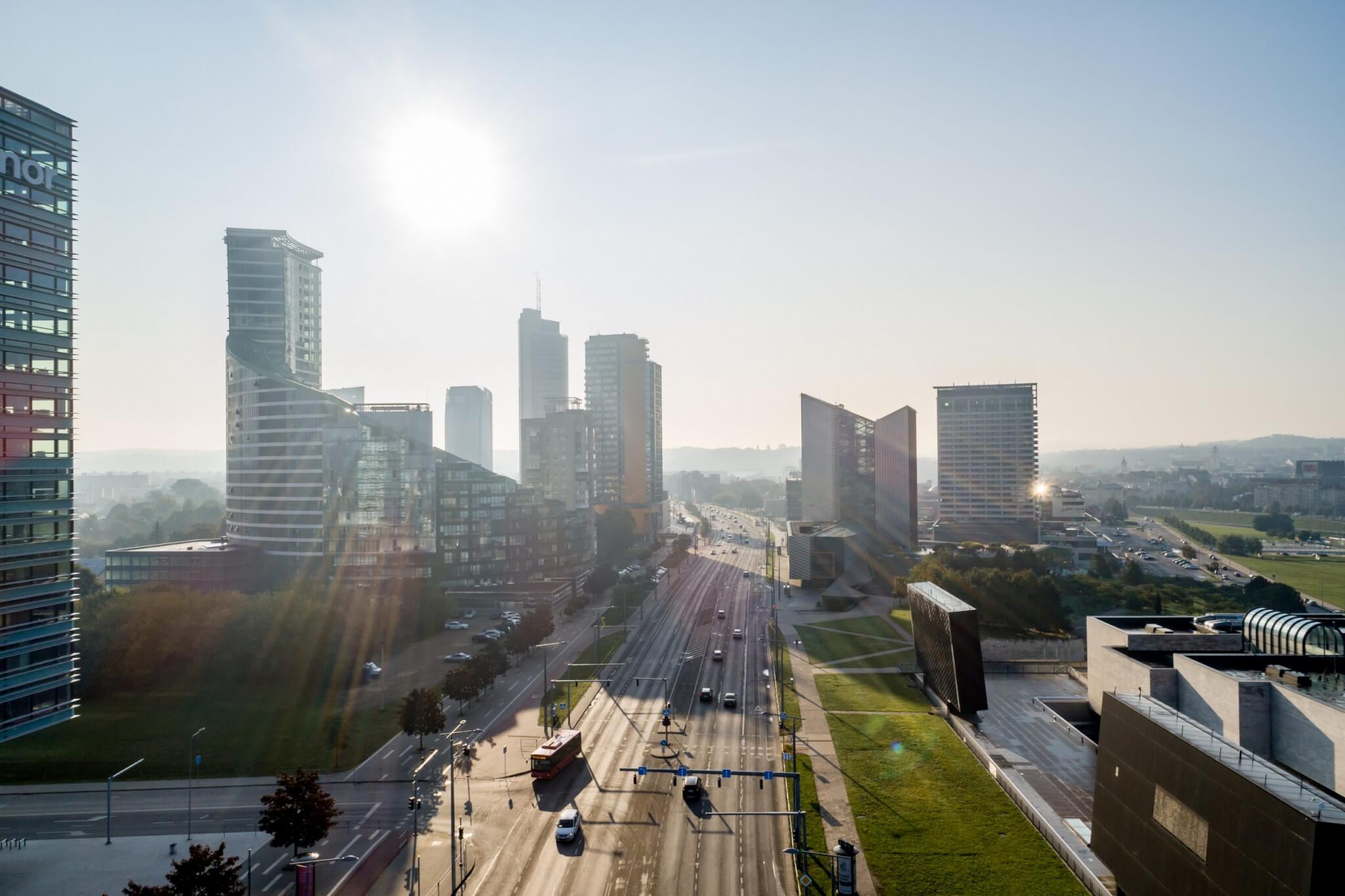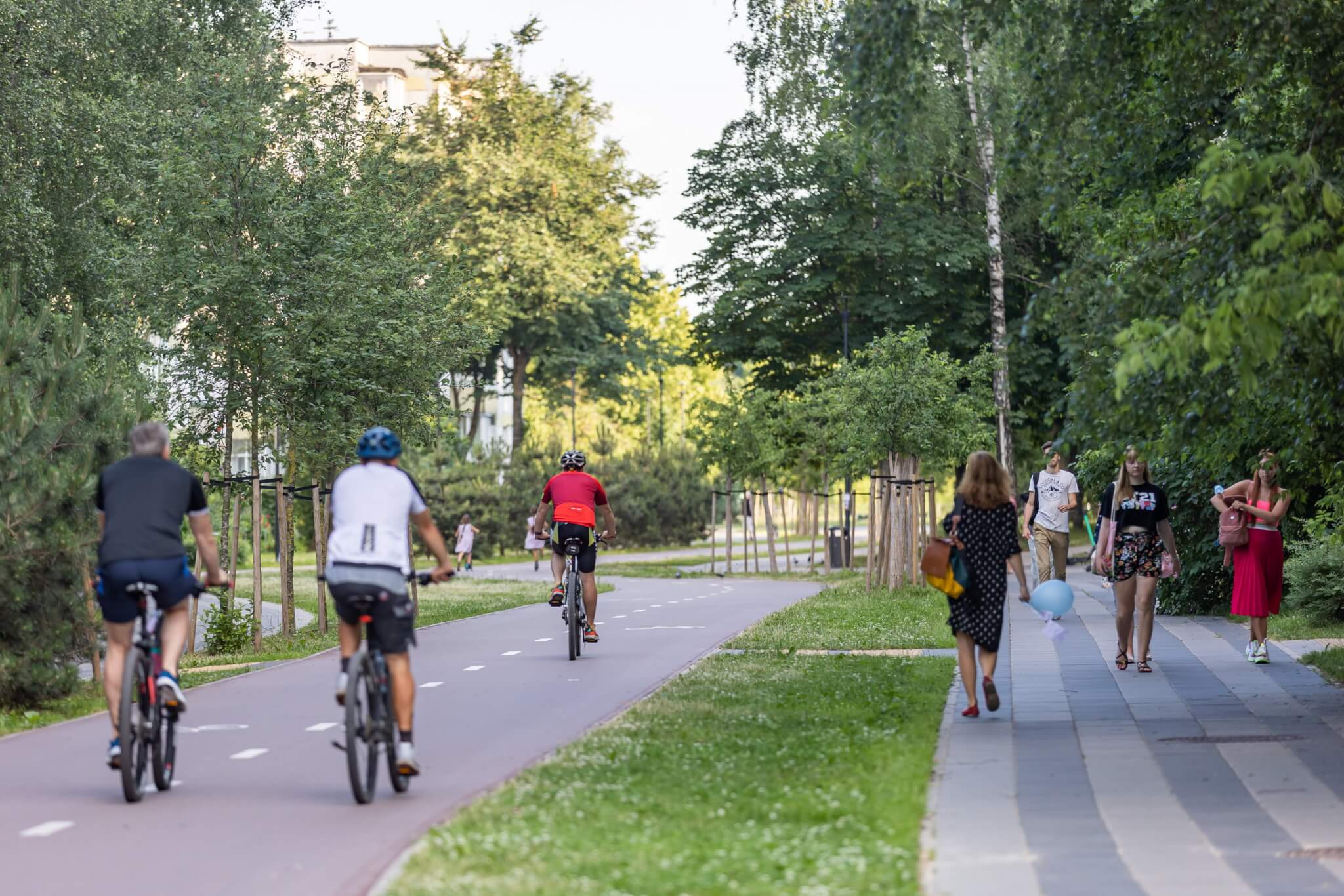Are you allergic to pollen and look forward to spring every year with trepidation, staring at the trees to see if their buds have exploded and whether it’s time to take your anti-allergy medication? Often your nose is already stuffy and dripping and you wonder if you have a cold somewhere or if you are once again too late to take your allergy medicine. From now on, Vilnius residents and visitors to the capital should no longer have such problems. Vilnius Plan has created an interactive lung map of the city, which allows you to monitor the air quality and pollen concentration of the capital at any given time. The smart lungs project in Vilnius is the first in Lithuania to update air pollution and air quality data every minute thanks to sensors installed in 34 locations across the city. Until now, Vilnius residents could only find out the daily and annual air pollution totals for their city. Bioaerosol concentration information, which is particularly relevant and useful for pollen allergy sufferers, is now not only updated hourly on the interactive city air pollution map, but also shows the pollen concentration of the highly allergenic alder, hazel, birch, mistletoe and honeysuckle pollen in the city.
Working towards a healthier environment
The idea of creating an interactive lung map of Vilnius to monitor the air pollution situation in the city and the pollen load in real time was conceived by the city’s municipal leaders in 2019. “This project was not only aimed at providing information on the air quality of the city in its individual spaces. By analysing the air pollution data, it is possible to create a healthier environment, increase the quality of life and the level of satisfaction of Vilnius residents, and raise people’s awareness. Pollen allergy sufferers can use the data to start taking their prescribed allergy suppressants in time and avoid possible health complications,” says Austė Noreikaitė, Environmental Data Expert at the Intelligent Solutions and Data Management Department of Vilniaus Plan, the company that implemented the Intelligent Lungs project. However, according to the expert, the information provided in the Intelligent Lungs of the City is informative and cannot replace the advice of a competent doctor.
Install modern equipment
Taking into account the layout of the city, the layout of the green areas, the specific airflow circulations in the city centre and the background pollution that can affect pollen concentrations, the world-renowned Swiss company Swisens Poleno Mars decided to install the pollen trap in the north-eastern part of the Vilnius city. “New traps and innovative methods are being developed to automate the identification of bioaerosols in real time, replacing the pollen dispersion monitoring technologies developed in the 1950s, which required different levels of expertise and time consumption. The old data collection methods do not allow to obtain timely information on pollen concentrations”, says Noreikaitė. In cooperation with the aerobiology team of Šiauliai Academy of Aerobiology of Vilnius University, the real-time pollen trap was installed in accordance with international methods for monitoring bioaerosols and the highest European and Lithuanian standards.
The innovation has been welcomed by doctors too
The possibility to know in real time the pollen concentration in the air is a source of joy not only for allergy sufferers but also for allergists. “In Europe, an average of 25% of the population suffers from allergic rhinitis, which is mostly caused by animals, dust mites and pollen. About one in five people suffer from pollen allergy,” says Jūratė Staikūnienė-Kozonis, PhD, President of the Lithuanian Society of Allergists and Clinical Immunologists. Pollen allergy can occur at any age – it is only the predisposition that can be inborn. Birch blossom is particularly active at the moment, but people have been turning to doctors since February, when hazel and hornbeam trees have started to bud more actively. “A real-time map of pollen concentrations is particularly relevant as it is a great help in knowing when an allergy is likely to flare up and when to start taking medication. Symptoms usually last for about a month in an allergic person, but if the allergy affects a large number of plants, it can last up to half a year,” said Associate Professor Dr J. Staikūnienė-Kozonis. According to the associate professor, pollen is divided into three groups, and often people are allergic to one or more of these groups, or even to a single plant. Therefore, information on the airborne concentrations of individual allergenic pollens is of particular interest to the frequent allergic rhinitis sufferer.
A new project in the pipeline
According to the Environmental Data Expert at Vilniaus Plan, the interactive air pollution map is not a one-off project, but an ongoing one. In the future, the map will not only show current pollen concentrations, but also forecast their dynamics. Sophisticated artificial intelligence algorithms will be used to produce accurate predictions of pollen concentrations over several days. Taking into account a wide range of parameters, it will be possible to know how the urban environment will change, making it easier to manage risks and avoid crises. The plans of Vilniaus Plan include the indication of noise levels in different parts of Vilnius and the provision of this data to the citizens of Vilnius. “The development of Vilnius should not only bring economic benefits, but also well-being and satisfaction to the people living here and the city’s visitors,” says A. Noreikaitė, Environmental Data Expert in the Intelligent Solutions and Data Management Department of Vilnius Plan.





